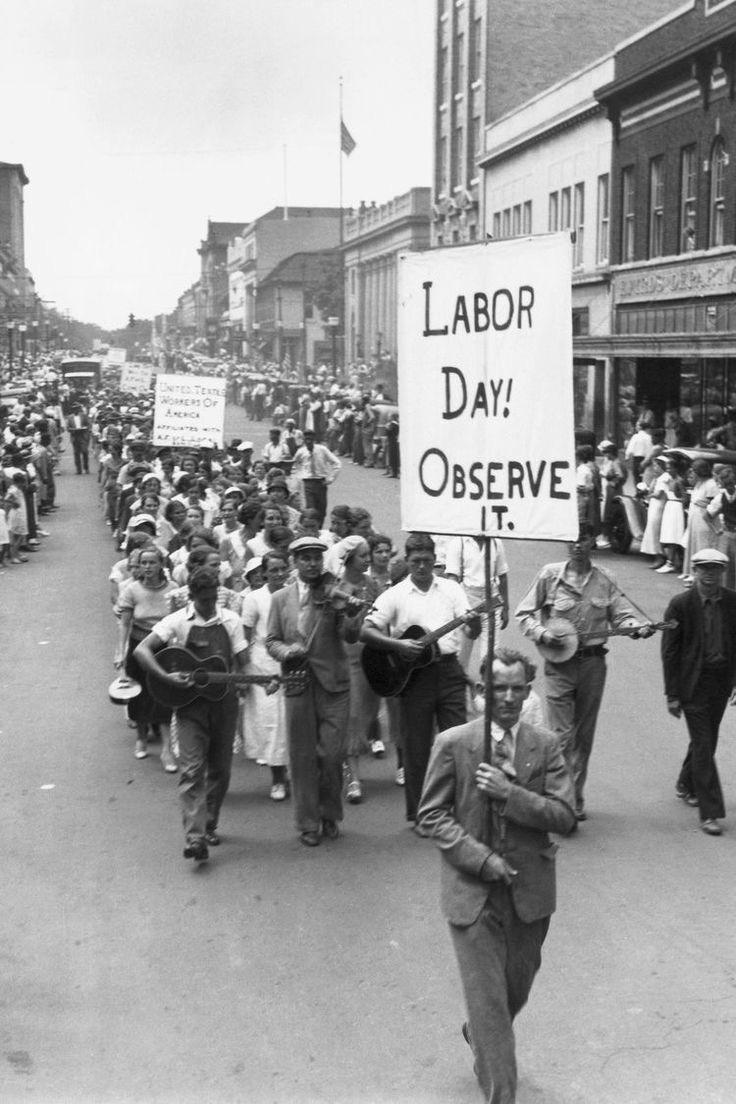A Tribute to the Forgotten Hands of History
With the current economic uncertainty and AI taking over, many of us carry a quiet fear of losing our jobs and watching our skills become irrelevant, and our professions disappear. This fear is rooted not only in the present but also in history. If we look back, we find countless jobs that once shaped daily life, now vanished, preserved only in the pages of literature. Their disappearance reminds us that no role is permanent and that work, like the world, is always evolving.
Take the chimney sweep, for instance, immortalized in William Blake’s Songs of Innocence and Experience (1789). Blake’s haunting poem “The Chimney Sweeper” captures the plight of child workers sent into soot-choked flues:
“A little black thing among the snow, / Crying ‘weep! weep!’ in notes of woe!”
In the 18th and 19th centuries, narrow chimneys required the work of small boys, who often suffered respiratory illnesses, burns, or worse. Their job was dangerous but essential for the functioning of coal-heated homes. Modern heating systems and strict labor laws have since abolished this grim profession.
Lamplighters, too, were once essential. Each evening, they walked city streets carrying long poles to ignite gas street lamps, then returned at dawn to extinguish them. Antoine de Saint-Exupéry, in The Little Prince (1943), charmingly captures the endless task of a cosmic lamplighter.
“It is a beautiful occupation. And since it is beautiful, it is truly useful.”
Electric lighting, and later automatic timers, made lamplighters unnecessary by the early 20th century. Witnessing a man lighting each streetlamp by hand is now only found in nostalgic novels and paintings.
In cities before indoor plumbing, water carriers played a vital role. They hauled heavy barrels from public wells and rivers to homes and businesses. Balzac’s bustling Paris in Père Goriot (1835) and Hugo’s Les Misérables (1862) are crowded with such figures, toiling invisibly behind city life’s glamour.
Today, the simple twist of a tap, something we barely think about, has replaced what was once a daily laborious necessity.
Long before printing presses, scribes were the gatekeepers of knowledge. Every book, letter, and legal document had to be copied painstakingly by hand. Monks hunched over manuscripts for hours, illuminating texts with golden ink and intricate borders.
In medieval manuscripts, you’ll find their weary voices scribbled in margins:
“As the harbor is welcome to the sailor, so is the last line to the scribe.”
Johannes Gutenberg’s invention of movable type in the 15th century sparked an information revolution, making hand-copying by scribes obsolete almost overnight.
Victorian England introduced another peculiar profession: the knocker-upper. A human alarm clock was needed in working-class neighborhoods to wake factory workers for their shifts. Armed with long bamboo poles, knocker-uppers tapped on bedroom windows until they received a sleepy nod.
In Great Expectations (1861), Charles Dickens evokes a world where human timekeepers were essential. Alarm clocks, affordable and reliable, would soon make the service redundant.
Milkmaids, a familiar rural figure, labored before the dawn of industrial dairy farming. In Thomas Hardy’s Tess of the d’Urbervilles (1891), Tess’s job at Talbothays Dairy involved rising before sunrise, moving among lowing cows, and skillfully extracting milk by hand:
“The spectral shapes which had risen from the rows of moaning cows, and had attached themselves to the pegs by their sides, were milkmaids.”
Today, stainless steel machines and factory farms milk thousands of cows at once, ending the need for this gentle, rhythmic labor.
As technology advanced, new labors arose and disappeared just as quickly. The switchboard operator became familiar in the early 20th century, particularly for women entering the workforce. A maze of cords and jacks surrounded them as they connected calls across vast distances. Sylvia Plath’s The Bell Jar (1963) briefly glimpses this world:
“I lifted the receiver and listened. It was like tapping into the voice of the world.”
It was delicate, high-pressure work requiring speed and memory. By the 1960s and 70s, automated dialing systems rendered switchboard operators largely obsolete.
Leech collectors, rat catchers, reapers swinging scythes through golden fields, each lost labor captured a rhythm of life that was tactile, physical, and dictated by necessity. George Eliot’s Middlemarch (1871) honors the dignity of such practical skills through the character of Caleb Garth, who embodies the ideal of honest labor:
“There is a great deal of unmapped country within us.”
The world of Garth, where one’s strength lay in hands and endurance, was already vanishing.
And yet today, in 2025, work has transformed in ways our ancestors could hardly imagine. Entire careers now unfold behind screens, fueled by data, code, logistics, and automation. Jobs are increasingly defined by flexibility, connectivity, and constant adaptation. Some people work from bedrooms or coffee shops; others manage teams across continents they’ve never stepped foot on.
Still, in this digital and fast-paced era, the essence of labor endures. It remains shaped by effort, persistence, and creativity, though its form keeps shifting. As machines take over repetitive tasks and new industries emerge, we’re reminded that no job is ever guaranteed permanence. Like the lamplighters and switchboard operators before us, we are part of a moment in time, one chapter in the ever-evolving story of human work.
This Labour Day, as we scroll and share, it’s worth pausing to remember the hands that once lit our streets, filled our buckets, connected our calls, and to wonder which of today’s jobs future generations will find quaint, or even unbelievable.


